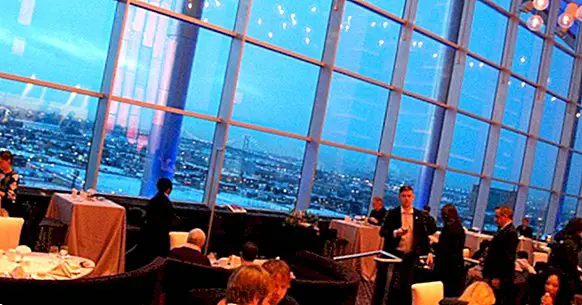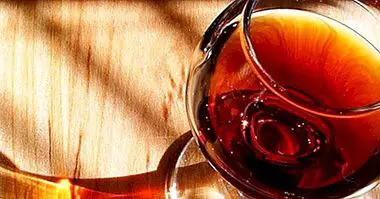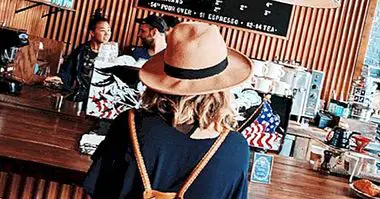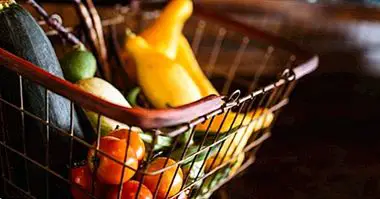The 10 psychological tricks that restaurants use to charge you more
It is always difficult to calculate how much the restaurant bill will go up . When we ask the waiter for the account we always realize that the estimated amount we had calculated is quite short.
The second bottle of wine recommended by the waiter, the succulent dessert that you ordered without consulting the price or the tax surcharge are not the only factors that affect the high account, but there is a whole series of psychological tricks designed to make us pay more than we had foreseen .
Supermarket tricks to make you spend more money
If in an article published a few weeks ago we reveal why you should never choose the second cheapest wine on the menu, today we propose to elucidate other strategies designed to increase your bill . These are discrete techniques that are difficult to notice from the consumer's point of view, with which they are used recurrently.
The discipline of marketing and the consumer psychology They have thoroughly researched this set of practices that allow increasing the billing in the hospitality sector. The menu of the restaurants is specially designed for this purpose, both in its measurements, in its format, in the shapes and colors used, in the location of the dishes, the comments on each of them, the way of placing or writing the prices ... they are all elements that have been studied in a deeper way.
The owners of the restaurants and the experts in trade and marketing are fully aware that a successful design of each of the parts of the letter will positively influence the profit margin of the business or .
Here are the most used techniques for this purpose.
1. Do not accompany the price figure with the currency symbol (14.60 instead of 14.60 €)
A study conducted by the School of Hotel Administration of Cornell University found that diners who chose the dishes by means of letters in which the currency symbol was omitted tended to spend more money than they chose using letters that did include the symbol. It seems that the currency symbol alerts us to the specificity of prices and is linked to a propensity to save.
In this way, a way to avoid this feeling of guilt in the diner by the expense that is arranged to effect is to omit the symbol and write the price figure in a font size slightly smaller than the description of the plate.
2. Choose an exhaustive description of the dishes instead of indicating only the name
"Beef burger with chip onions, Mediterranean goose pâté, organic cherry tomatoes, slices of pecorino cheese, onion and caramelized ginger and fresh peppers". This description corresponds to the dish "Complete hamburger", but the description gives it much more attractive and justifies its high price. In fact, a study from Illinois University indicated that the extension of the description of each dish correlates positively with the willingness of diners to pay more .
The letters that detailed with long comments each dish invoice 27% more than those restaurants that only indicate the name of the dish. Likewise, restaurant customers tend to be more satisfied with the quality of the dishes because they start from a better predisposition to enjoy them, thanks to the suggestion that awaken the descriptions.
3. Indicate the prices of the letter in multiples of 5
The experts in the design of menus and menus point out that the prices finished in 9, such as the typical 9.99, are unconsciously related to products or services of questionable quality.
But nevertheless, the prices finished in multiples of five are perceived more positively , according to an investigation of the Food and Brand Lab of Cornell University.
4. Put names on the plates
Diners prefer the names of dishes that refer to the family and home. Names like "Grandma's cannelloni", "Caramelized apples in the style of a lifetime" or "Sea bass with vegetables from Aunt Isabel" they generate great confidence and it makes us more likely to choose them ahead of others without that connotation.
Awakening and manipulating emotions, as well as provoking associations in the memory of certain dishes with memories of happiness eating at the home of a loved one, is one of the most recurrent and effective strategies in the hospitality industry.
5. Associate with authenticity by linking the dishes to the geographical area
Indicate the origin of the ingredients in the name of the dish is one of the most common techniques to highlight the quality of the product and, therefore, increase the bandages and the price of them. The geographical annotations or the Appellation of origin they are nourished by their own advertising campaigns, with which the owner of the restaurant benefits from free publicity (although perhaps the price paid for the product has already incorporated a price increase).
A classic way to increase the appeal of a dish is to encourage its feeling that the plate is one superior quality .
6. Show a photo of the star dishes on the menu
Cause a good visual impression of the restaurant's best dishes, often the most expensive, it produces the sensation in the client that this dish has special characteristics , as pointed out by research conducted by the Association for Consumer Research.
This marketing technique is not valid for all types of restaurants, because, for example, in places with a certain prestige, this way of highlighting some dishes on the menu is usually perceived as not very adequate among the diners.
7. Offer contrasts using seafood
Include in the menu dishes with very high prices, which for example triple or quadruple the average of the menu, has a decoy function, since Suggests to compare prices and that diners are left with the perception that the dishes are cheaper of what they really are.
Although it is possible that these dishes with exorbitant prices are rarely served, they are used so that the customer perceives the average price of the rest of the offer as acceptable.
8. Locate the most profitable dishes at the top of the odd page
The researches on models of reading of letters in hotel business by clients are many and varied. These studies indicate that diners focus their attention on the top right of the menu , phenomenon that the innkeepers take advantage of to place in this plot the most profitable dishes; those that generate more benefit.
This shows why diners remember better the dishes located in this position, because they dedicate more attention and time.
9. Provide the choice of the dish with tasting menus
This practice lighten the customers' responsibility in choosing the dish . Although tasting menus usually contain acceptable amounts of food, they are also a very profitable option for the owner of the establishment.
10. Setting the room with soft music, preferably classical
An investigation by the University of Leicester revealed that restaurants that set the scene with music enter more, provided they have good taste in the election.
The restaurants acclimated with classical music are the ones that benefit the most , because they generate a sensation in the diner of greater purchasing power and a certain obligation to spend more to adapt to the context. However, the venues acclimated with pop music can get to see how sales fall by up to 10%.



















